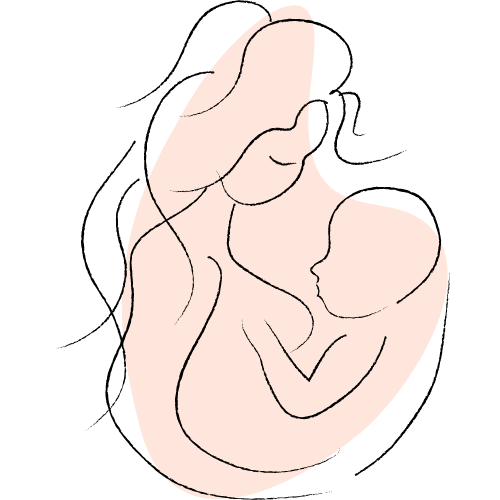Determining the gender of your baby early in pregnancy is a common curiosity among expectant parents. While the only definitive way to know your baby’s gender is through medical tests such as an ultrasound or genetic testing, there are some old wives’ tales and early signs that some believe may indicate you’re having a baby boy. Here are a few:
1. Minimal Morning Sickness
Many believe that experiencing little to no morning sickness in the early stages of pregnancy suggests you might be carrying a boy. This is based on the idea that higher hormone levels, which are often associated with carrying a girl, lead to more nausea.
2. Craving Salty and Savory Foods
Cravings can be a fun part of pregnancy. If you find yourself reaching more for salty and savory snacks rather than sweets, some suggest this could be a sign you’re having a boy.
3. Changes in Skin and Hair
Some say that carrying a boy can lead to changes in your skin and hair, such as a radiant complexion and thicker, shinier hair. Conversely, it’s believed that carrying a girl might lead to more breakouts and hair issues due to different hormone levels.
4. Carrying Low
Another common belief is that if you’re carrying your baby low in your abdomen, you’re more likely to be having a boy. However, this can also be influenced by your body type and muscle tone.
5. Rapid Hair Growth on Legs
Some women notice that their leg hair grows faster during pregnancy. According to some old wives’ tales, this could be an indicator that you’re carrying a boy due to higher testosterone levels.
6. Dry Hands
Dry hands during pregnancy are sometimes cited as a sign of having a boy. This is based on the belief that the baby boy’s testosterone could be affecting your body in this way.
7. Cold Feet
If your feet are feeling colder than usual during pregnancy, some believe this might mean you’re having a boy. However, it’s important to consider other factors like changes in circulation and metabolism during pregnancy.
8. Fetal Heart Rate
There’s a popular myth that a baby boy’s heart rate will be lower than 140 beats per minute, while a girl’s will be higher. However, scientific studies have shown that fetal heart rate is not a reliable indicator of gender.
9. Weight Gain Location
Some believe that if you’re gaining weight primarily in your belly rather than your hips and thighs, it could indicate you’re having a boy.
10. Urine Color
An old wives’ tale suggests that the color of your urine can indicate the gender of your baby. Bright yellow urine is said to be a sign of carrying a boy, though hydration levels and diet are more likely to affect urine color.
11. Non-Invasive Prenatal Testing (NIPT)
NIPT is a blood test that can be done as early as 10 weeks into pregnancy. It analyzes fetal DNA in the mother’s blood to screen for certain genetic conditions and can also determine the baby’s gender with high accuracy.
12. Genetic Testing (CVS or Amniocentesis)
If you are undergoing Chorionic Villus Sampling (CVS) or Amniocentesis for genetic testing, these procedures can also determine your baby’s gender. CVS is typically done between 10 and 13 weeks, and amniocentesis between 15 and 20 weeks. These tests are highly accurate but are usually reserved for high-risk pregnancies due to their invasive nature.
13. At-Home Gender Prediction Kits
There are various at-home gender prediction kits available that claim to determine your baby’s gender early in pregnancy. These kits analyze hormones or other markers in your urine. While they can be fun to try, their accuracy is not guaranteed, and results should be taken with caution.
14. Old Wives’ Tales and Myths
Though not scientifically proven, many people enjoy trying out old wives’ tales to predict their baby’s gender. Some popular myths include:
- Heartbeat Rate: A heart rate above 140 beats per minute is said to indicate a girl, while below 140 suggests a boy.
- Cravings: Craving sweet foods is linked to having a girl, while salty or sour cravings are linked to a boy.
- Carrying Position: Carrying high is believed to indicate a girl, while carrying low suggests a boy.
- Wedding Ring Test: Swinging a wedding ring on a string over your belly – if it swings in circles, it’s a girl; back and forth means a boy.
While these methods can be fun to try, they should not be relied upon for accurate results. The most reliable ways to determine your baby’s gender remain medical tests and ultrasounds.
Conclusion
While these signs can be fun to consider, they are not scientifically proven and should be taken with a grain of salt. The most reliable methods for determining your baby’s gender are through medical tests such as ultrasounds, non-invasive prenatal testing (NIPT), or amniocentesis. Always consult with your healthcare provider for accurate information about your pregnancy.
